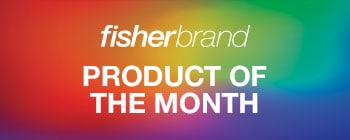Icke-metaller och halogener
Icke-metaller inkluderar väte, kol, kväve, fosfor, syre, svavel, selen, halogenerna och ädelgaselementen. Väte, syre, kol och kväve är grundämnen som finns i alla levande organismer. Studiet av förening baserad på kol och väte och nästan alla föreningar som gör livet möjligt kallas organisk kemi. Kväve och de andra grundämnena i grupp 15 är kända som pnictogens. Naturligt förekommande kväve (N2) utgör 78 % av jordens ’atmosfär. På grund av denna lättillgänglighet och behovet av kväve från levande organismer (som N i proteiner), är fixeringen av kväve i former som kan assimileras av växter (kvävefixering) ytterst viktig. Syre och andra grundämnen i grupp 16 är kända som kalkogener. Syrehaltiga föreningar utgör 47 % av ’jordskorpan. De monoatomiska ädelgaserna (Grupp 18) är färglösa, luktfria, smaklösa och icke brännbara under standardförhållanden. På grund av deras mycket låga kemiska reaktivitet trodde man ursprungligen att de inte kan kombineras med andra grundämnen för att bilda föreningar. Men det upptäcktes senare att vissa verkligen bildar föreningar. Till exempel har ett stort antal xenonföreningar upptäckts som nästan alla innehåller de elektronegativa atomerna fluor eller syre.
Halogener är de icke-metalliska grundämnena som finns i grupp 17 i det periodiska systemet: och inkluderar fluor, klor, brom, jod och astatin. De är den enda grupp vars grundämnen vid rumstemperatur inkluderar fasta, flytande och gasformer av materia. Kemin av fluor, klor, brom och jod är kanske bättre förstådd än för någon annan grupp av grundämnen, delvis för att det är enkelbundna atomer eller enkelladdade anjoner. Dessa halogener är mycket reaktiva och kan kombineras med många olika grundämnen; när de reagerar med metaller producerar de ett brett spektrum av användbara salter. Kommersiellt används halogener i desinfektionsmedel, belysning och läkemedelskomponenter. Astatin, den tyngsta medlemmen i gruppen, är endast känd i sin radioaktiva form; tennessine, en av de konstgjorda 'superheavy' grundämnen, är också radioaktivt.














